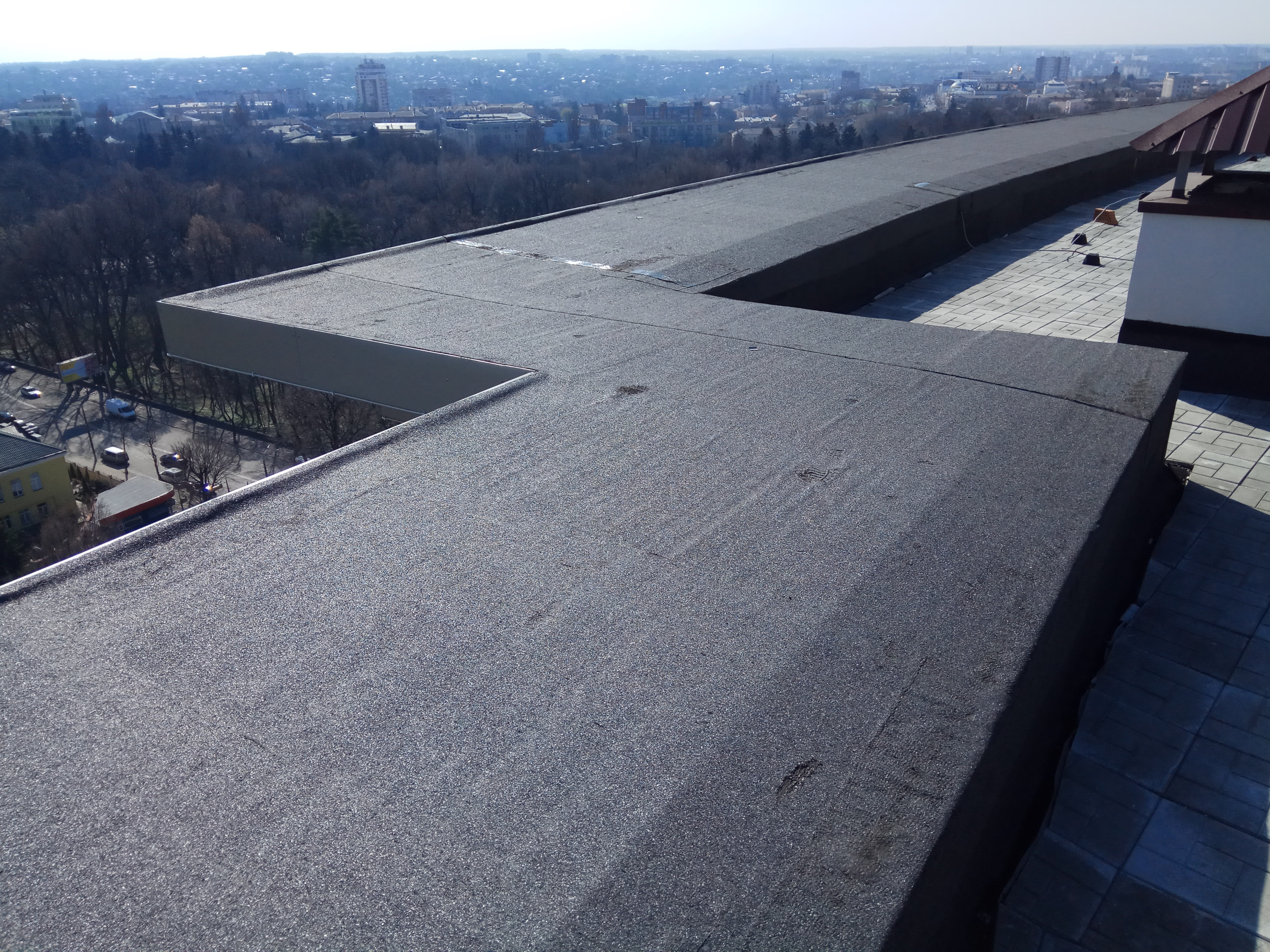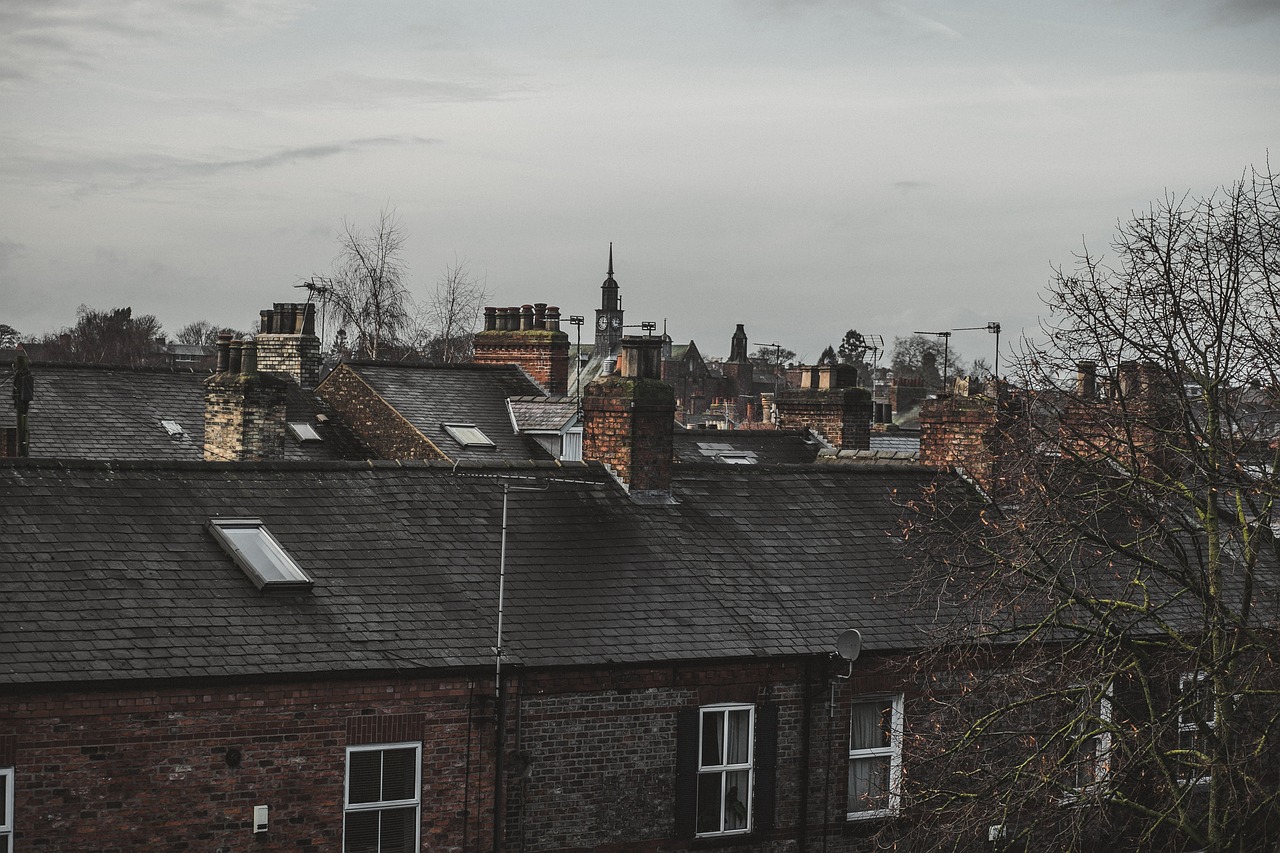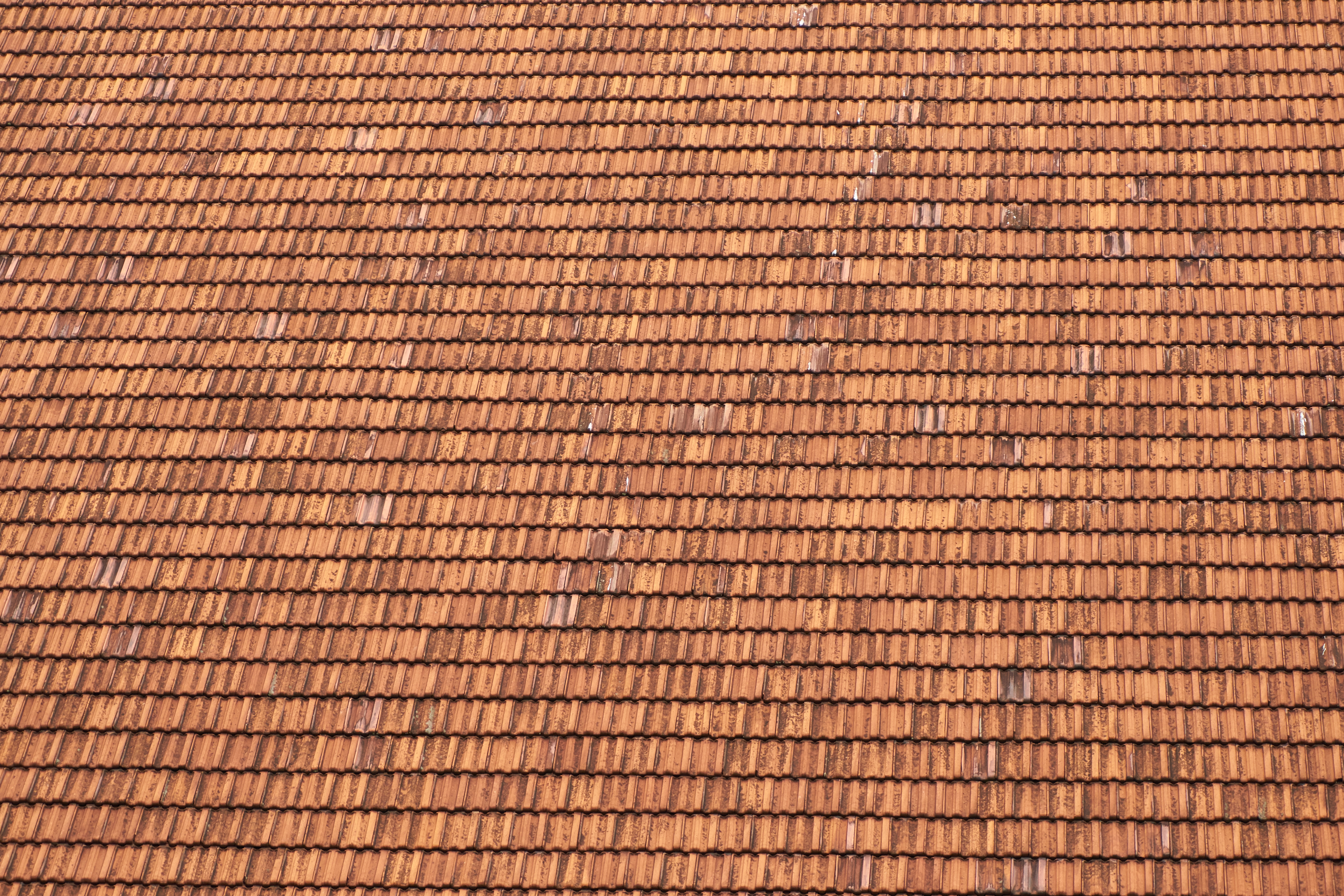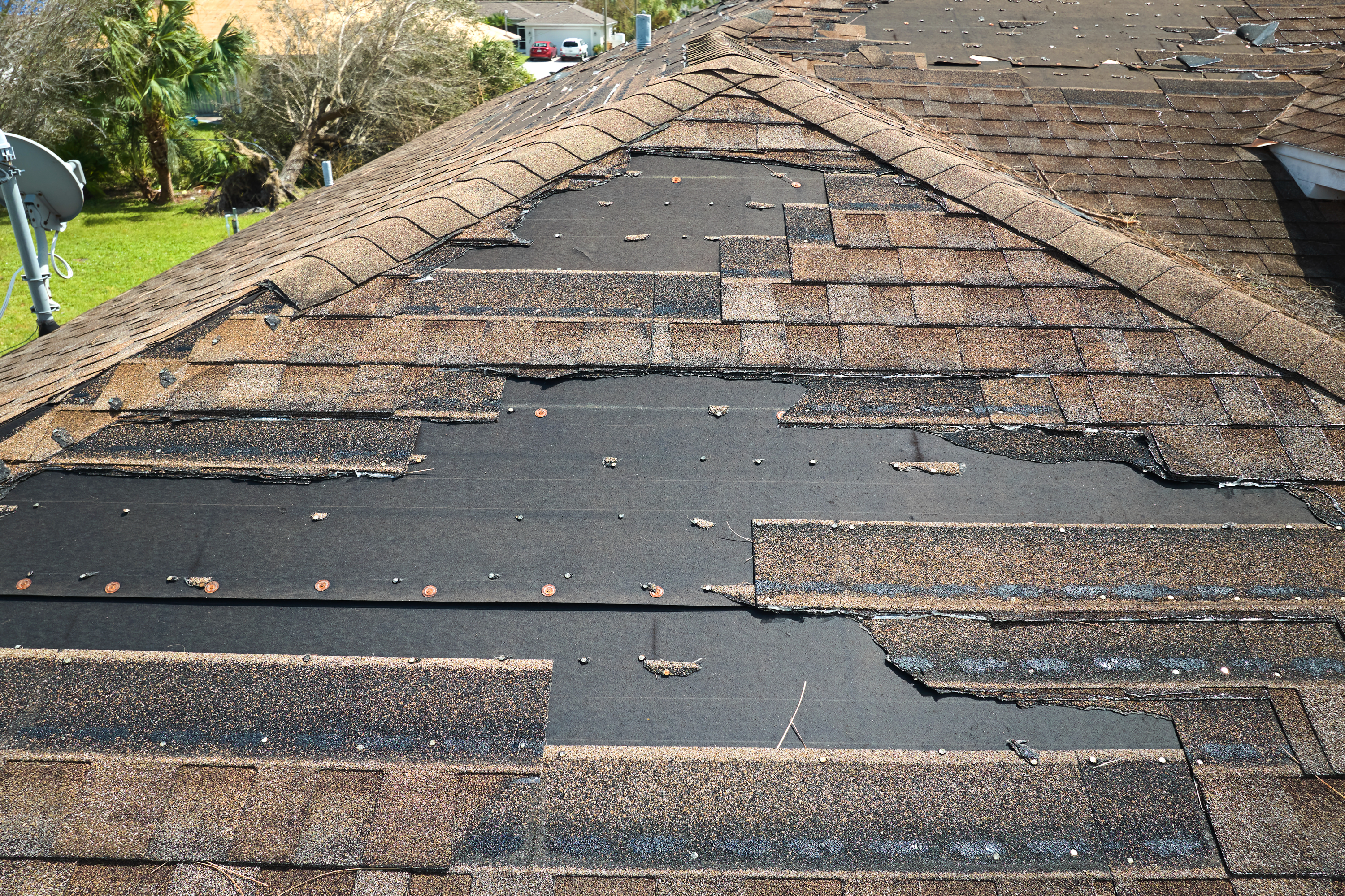What are the most common commercial roof problems? From leaks and ponding water to membrane issues, our guide outlines prevalent issues that property owners and managers need to address promptly. Gain valuable insights into proactive maintenance strategies and key indicators of potential problems.
Commercial Roofing Problems
A commercial building's roof is not just a protective structure; it's a critical investment that safeguards property, assets, and the well-being of occupants. Over time, commercial roofs can face a multitude of issues, necessitating careful attention and proactive management. In this comprehensive exploration, we will delve into ten common commercial roofing problems, each presenting unique challenges.
Leakage
Leakage, without a doubt, is the most dreaded issue for commercial property owners. Its consequences can be devastating, ranging from structural decay to mould proliferation and significant damage to valuable assets. Roof leaks can manifest from a multitude of factors, including deteriorating roofing materials, poorly sealed seams, or shoddy installation work. The financial implications of water damage extend far beyond immediate repairs, encompassing potential lawsuits, loss of productivity, and damage to a business's reputation.
Overflowing Gutters
Gutters and downspouts are the unsung heroes of a commercial roofing system, tasked with directing rainwater away from the building. However, when they become clogged with debris, water can overflow, leading to harm to the roof, walls, and foundation. Regular gutter cleaning and maintenance are critical to prevent this issue. Neglecting gutter maintenance can result in structural harm, costly remediation, and even violations of building codes, which can lead to hefty fines.
Asbestos
In older commercial buildings, roofing materials containing asbestos can pose severe health hazards when they deteriorate or are disturbed during maintenance or renovations. Safely and legally handling asbestos removal is paramount, requiring expertise from certified professionals. The financial burden of asbestos abatement is substantial, underscoring the urgency of identifying and addressing this issue promptly. Non-compliance with asbestos regulations can lead to severe legal penalties.
Extreme Weather
Commercial roofs are subjected to relentless exposure to extreme weather conditions, including heavy rain, snow, hail, and ferocious winds. These elements accelerate the wear and tear on roofing materials. Investing in high-quality, weather-resistant roofing materials is an imperative shield against these challenges. The enduring benefits of using robust materials surpass the financial outlay, rendering them a cost-effective choice in the long run. Roof damage from severe weather can result in costly business interruptions and insurance claims.
Pests
Pests such as birds, rodents, and insects can establish nests, burrow, or inflict damage to roofing materials, potentially leading to leaks and structural complications. Implementing preventive measures, like bird spikes, netting, and rigorous inspections, can serve as deterrents. The financial consequences of pest-related roof damage encompass not only repair costs but also potential risks to the health and safety of occupants. Pest infestations can also lead to regulatory violations and fines.

Standing Water
Low-slope or flat commercial roofs are especially vulnerable to standing water accumulation following heavy rainfall. This can exacerbate roofing material deterioration and create ideal conditions for leaks. Proper roof design and regular inspections are the key to ensuring effective drainage. Neglecting standing water can incur extensive expenses, including structural degradation and the need for premature roof replacements. Standing water can also lead to code violations and building inspections that can disrupt business operations.
A Botched Job
Subpar workmanship during roof installation or repair can lead to an array of issues and complications. Poorly sealed seams, inadequate roofing materials, or erroneous installation techniques can all surface as problems. Hiring reputable and certified roofing contractors is the first line of defence against this issue. The financial toll of rectifying a botched job includes not only the cost of rework but also potential legal liabilities and damage to a business's reputation. Disputes with contractors can lead to protracted legal battles and further financial strain.
Neglected Maintenance
Neglecting regular roof maintenance is a common pitfall for property owners. Ignoring minor issues permits their accumulation, ultimately resulting in significant and costly problems. Establishing a proactive roof maintenance program is essential to prolong the roof's lifespan. Neglected maintenance can incur escalating costs, disrupt business operations, and threaten the safety of occupants. It can also result in the voiding of warranties on roofing materials, leaving property owners to bear the full financial burden of repairs.
Punctures
Punctures may arise from foot traffic, falling debris, or equipment movements on the roof, jeopardising the roof's integrity and inviting leaks. Preventive measures, such as restricting roof access and employing walkway pads, are vital to mitigate this issue. The financial implications of punctured roofs encompass repair expenses, potential harm to valuable equipment or inventory, and business disruption costs. Damage from punctures can lead to unexpected financial burdens and operational downtime.
Tree Damage
Overhanging trees pose a risk to commercial roofs, especially during storms. Falling branches or limbs can inflict substantial damage to roofing materials. Regular tree trimming or removal of overhanging branches, coupled with protective measures like screens or barriers, is an effective preventive approach. The financial impact of tree damage spans roof repair or replacement expenses, potential insurance claims, and business interruption costs. Failure to address tree-related issues promptly can result in further damage during subsequent storms, compounding the financial burden.
How Are Commercial Roofs Different from Residential Roofs?
Size and Scale
One of the most apparent differences between commercial and residential roofs is their size and scale. Commercial buildings are generally much larger than residential homes, requiring significantly larger roof areas.
This difference in size necessitates different roofing materials, support structures, and installation methods.
Roofing Materials
Commercial roofs often use different materials compared to residential roofs. While residential roofs commonly feature asphalt shingles, wood shakes, or clay tiles, commercial roofs primarily utilise single-ply membranes (such as TPO or EPDM), built-up roofing (BUR), metal roofing, or modified bitumen.
These materials are chosen for their durability, longevity, and ability to withstand the unique challenges faced by commercial buildings.

Roof Design
Residential roofs typically have a sloped or pitched design, which allows for efficient water runoff and accommodates attic space. In contrast, commercial roofs are typically flat or low-sloped to maximise usable space on top of the building. Flat roofs require different drainage systems and materials to prevent water ponding.
Maintenance and Accessibility
Maintenance and accessibility also differ between commercial and residential roofs. Residential roofs are often easier to access and maintain due to their lower height. In contrast, commercial roofs may require specialised equipment and trained personnel for inspections, repairs, and maintenance due to their height and complexity.
Structural Considerations
Commercial roofs must support various additional loads, such as HVAC systems, communication equipment, and sometimes even rooftop gardens or solar panels. This necessitates a more robust structural design and reinforcement compared to residential roofs, which are primarily designed to support their own weight and snow load.
Codes and Regulations
Commercial roofs are subject to different building codes and regulations than residential roofs. These codes often impose stricter requirements for fire resistance, wind uplift, and insulation. Compliance with these regulations is critical to ensure the safety and functionality of commercial buildings.

Installation Complexity
Commercial roof installations are generally more complex than residential installations due to their size, the choice of specialised materials, and the need for precise engineering. Commercial roofing contractors must have the expertise and equipment to handle these complexities effectively.
Lifespan and Cost
Commercial roofs typically have longer lifespans compared to residential roofs. While residential roofs may need replacement every 20-30 years, commercial roofs can last 20-50 years or more, depending on the material. However, the initial cost of commercial roofing materials and installation tends to be higher due to their durability and complexity.
Do you require commercial roofing services in Glasgow and the surrounding areas of Scotland?
Get in touch today to discuss your requirements.
Commercial Roofing Glasgow

